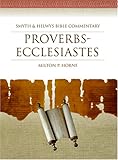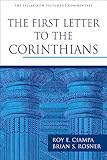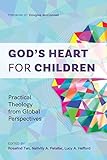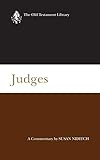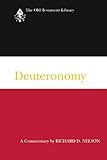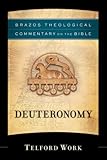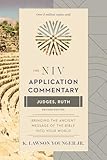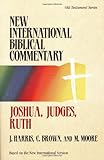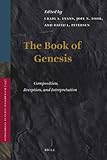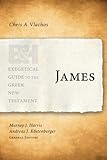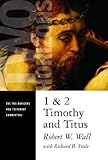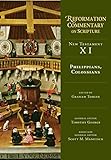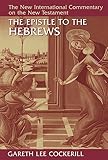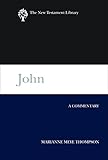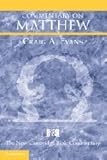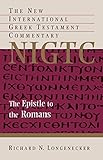Vers Un Modèle Africain De Dialogue Inter-Religieux : Cas De Vodun Xɛbyoso Et De L’Eglise Assemblées De Dieu Dans La Région Maxi Au Bénin (Record no. 16695)
[ view plain ]
| 000 -LEADER | |
|---|---|
| fixed length control field | 02724nam a22001697a 4500 |
| 005 - DATE AND TIME OF LATEST TRANSACTION | |
| control field | 20220301063824.0 |
| 007 - PHYSICAL DESCRIPTION FIXED FIELD--GENERAL INFORMATION | |
| fixed length control field | ta |
| 008 - FIXED-LENGTH DATA ELEMENTS--GENERAL INFORMATION | |
| fixed length control field | 210922b20182018sa ||||fom| | 00| e spa d |
| 040 ## - CATALOGING SOURCE | |
| Transcribing agency | ZA-BrSAT |
| 100 ## - MAIN ENTRY--PERSONAL NAME | |
| Personal name | Ahoga, Cossi Augustin |
| 9 (RLIN) | 662 |
| 245 ## - TITLE STATEMENT | |
| Title | Vers Un Modèle Africain De Dialogue Inter-Religieux : Cas De Vodun Xɛbyoso Et De L’Eglise Assemblées De Dieu Dans La Région Maxi Au Bénin |
| 260 ## - PUBLICATION, DISTRIBUTION, ETC. | |
| Place of publication, distribution, etc. | Johannesburg, South Africa |
| Name of publisher, distributor, etc. | South African Theological Seminary |
| Date of publication, distribution, etc. | 2018 |
| 300 ## - PHYSICAL DESCRIPTION | |
| Extent | 317 pages |
| Other physical details | |
| Dimensions | A4 |
| Accompanying material | Abstract, TOC |
| 502 ## - DISSERTATION NOTE | |
| Degree type | Doctor of Philosophy in Theology (PhD) |
| Name of granting institution | South African Theological Seminary |
| Year degree granted | 2018 |
| Supervisors | |
| 520 ## - SUMMARY, ETC. | |
| Summary, etc. | This dissertation develops an African research methodology for interreligious dialogue, based on an experience with the Maxi ethnic group, in an African context of oral tradition. The experience was developed among oral tradition driven cultures, in a Voodoo context, for the resolution of conflicts involving Christian communities. Other methods of dialogue, based on sacred or philosophical writings and apologists’, have shown their limits in being applied in such context. And palavers, African approaches to conflict resolution, in none of their different forms, could not work because the Christian community is resistant to them. Thus, from his conflict resolution experience between the Assemblies of God Evangelical Churches (EEAD) and Voodoo Xɛbyoso, the researcher has formalized a conflict resolution approach which he named « African Model of Inter-Religious Dialogue » (French : Modèle African de Dialogue Inter-Religieux = MADIR). MADIR applies when an ethnic group divides into conflicting communities due to the introduction of another religious tradition. That is why the principles of resolution are based on « ethnic identity as a basis for dialogue » and « cultural history to restore mutual trust ». To develop these two principles, it was necessary to succeed different ethnic and community integrations. So, the first three steps of MADIR relate to the integration into the Maxi ethnic group first, then into the indigenous and the missionary communities. The fourth reviews the « technical support » of the two communities’ religious matrix to identify the conflict’s theological causes and their consequences. This made it possible to work out the practical and biblical solution which was successfully applied for the concrete resolution of the conflict between the EEAD and the Voodoo Xɛbyoso in the Maxi ethnic group. Beyond, it emerges from its architecture that MADIR also offers a new approach to doing mission and opens a research path to African theology. |
| 942 ## - ADDED ENTRY ELEMENTS (KOHA) | |
| Source of classification or shelving scheme | Dewey Decimal Classification |
| Koha item type | Thesis |
| Withdrawn status | Lost status | Source of classification or shelving scheme | Damaged status | Not for loan | Collection code | Home library | Current library | Shelving location | Date acquired | Barcode | Date last seen | Copy number | Uniform Resource Identifier | Price effective from | Koha item type |
|---|---|---|---|---|---|---|---|---|---|---|---|---|---|---|---|
| Dewey Decimal Classification | Electronic Holdings | South African Theological Seminary | South African Theological Seminary | Online Resource | 09/22/2021 | 0000000011112 | 09/22/2021 | 1 | https://sats-dspace.s3.af-south-1.amazonaws.com/Theses/Thesis_PhD_2020_AhogaA.pdf | 09/22/2021 | Thesis |

